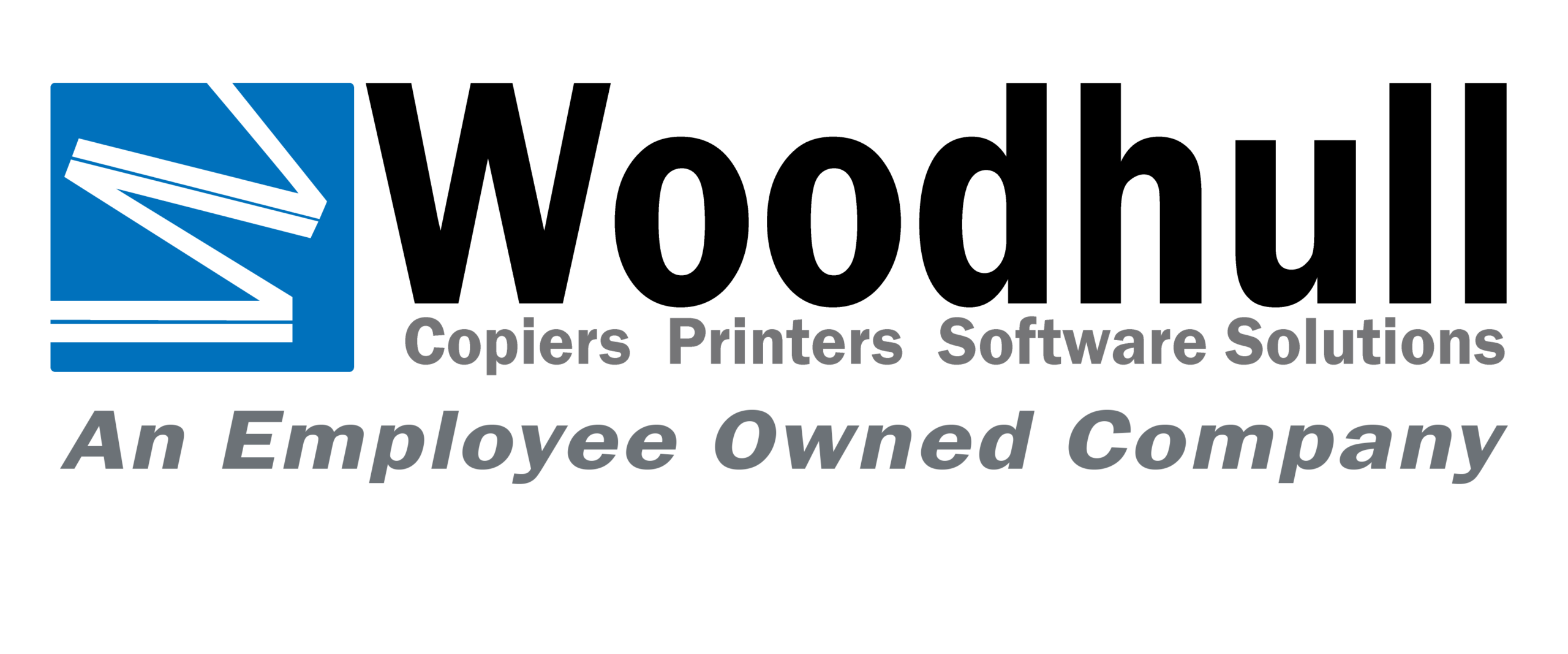In the digital age, data security is a paramount concern for businesses of all sizes. While many organizations focus on securing their networks and computers, one often overlooked area of data security is the humble office copier. Modern copiers, or multifunction printers (MFPs), have evolved far beyond simple copying and printing. They now boast an array of features including scanning, email, faxing, and even document storage, making them a potential goldmine for data thieves if not properly secured.
This article will highlight the top five security features in modern copiers that businesses should be aware of to ensure the security of their sensitive data.
#1. Data Encryption
Data encryption is a method where information is encoded and can only be accessed or decrypted by a user with the correct encryption key. Modern copiers come equipped with hard drives that store an image of every document they copy, print, scan or fax. This means sensitive information could be stored on the copier’s hard drive and potentially accessed by unauthorized individuals.
To combat this risk, many modern copiers offer data encryption features. This means that all data stored on the copier’s hard drive is encrypted, rendering it useless to anyone who might gain unauthorized access. It is crucial to look for a printer that supports strong encryption standards such as AES (Advanced Encryption Standard) 256-bit encryption.
#2. Secure Print Release
Another common security feature in modern copiers is secure print release, also known as pull printing. This feature requires users to authenticate themselves at the device before any documents are printed. This could be through entering a PIN, using a swipe card, or biometric authentication.
Secure print release ensures that sensitive documents don’t end up in the wrong hands because they were left sitting in the output tray. It also reduces unnecessary printing costs as print jobs are only released when required.
#3. User Authentication
User authentication adds another layer of security by requiring users to identify themselves before they can use the copier. This could be through a username and password, a swipe card, or even biometric data such as fingerprints.
This feature not only prevents unauthorized access to the copier but also allows for tracking and auditing of device usage. Administrators can see who used the device, when they used it, and what functions they accessed, providing valuable oversight and control.
#4. Network Security
Modern copiers are often connected to the business’s network, allowing them to access and print documents directly from networked computers. However, this connectivity also presents a potential vulnerability if not properly secured.
Many modern copiers now include built-in firewalls and intrusion detection systems to monitor network traffic and block any suspicious activity. They may also support IP filtering and port blocking, giving administrators fine-grained control over network access to the device.
#5. Automatic Firmware Updates
Just like your computer or smartphone, your office copier needs regular software updates to protect against new threats. Many modern copiers now offer automatic firmware updates, ensuring that the device is always running the latest, most secure version of its software.
Automatic updates can protect your copier from known vulnerabilities that hackers could exploit, keeping your data safe and your device running smoothly.
FAQs About Security Features in Modern Copiers
How do secure print release systems work?
- Secure print release systems require users to authenticate themselves at the copier before printing documents. This can be done using methods such as PIN codes or proximity cards, ensuring that only authorized individuals can access the printed output.
What is document encryption, and why is it important?
- Document encryption involves scrambling the contents of a document using complex algorithms, making it unreadable to unauthorized users. This is important for protecting sensitive information from being accessed or intercepted by hackers during transmission or storage.
Can modern copiers be integrated with existing network security infrastructure?
- Yes, modern copiers are designed to integrate seamlessly with existing network security infrastructure, including firewalls, intrusion detection systems, and user authentication servers. This ensures that copiers comply with established security policies and standards within the organization.
How can businesses ensure compliance with data privacy regulations when using copiers?
- Businesses can ensure compliance with data privacy regulations by implementing security features such as document encryption, user authentication, and secure print release. Additionally, regular audits and security assessments can help identify and address any potential vulnerabilities or compliance issues.
Are there any additional security measures that businesses should consider when using copiers?
- In addition to the top five security features mentioned, businesses should also consider implementing measures such as regular software updates, employee training on security best practices, and physical security controls to protect copiers from unauthorized access or tampering.
What should businesses do in the event of a security breach involving their copiers?
- In the event of a security breach, businesses should take immediate action to contain the incident, notify affected parties, and implement remediation measures to prevent further damage. This may include resetting user passwords, updating security settings, and conducting a thorough investigation to determine the cause of the breach.
In conclusion, as copiers have become more advanced, so too have the potential security risks. However, by choosing a device with robust security features such as data encryption, secure print release, user authentication, network security, and automatic firmware updates, businesses can help protect their sensitive information from falling into the wrong hands. Always remember, the security of your copier should be just as important as the security of your computers and network.
